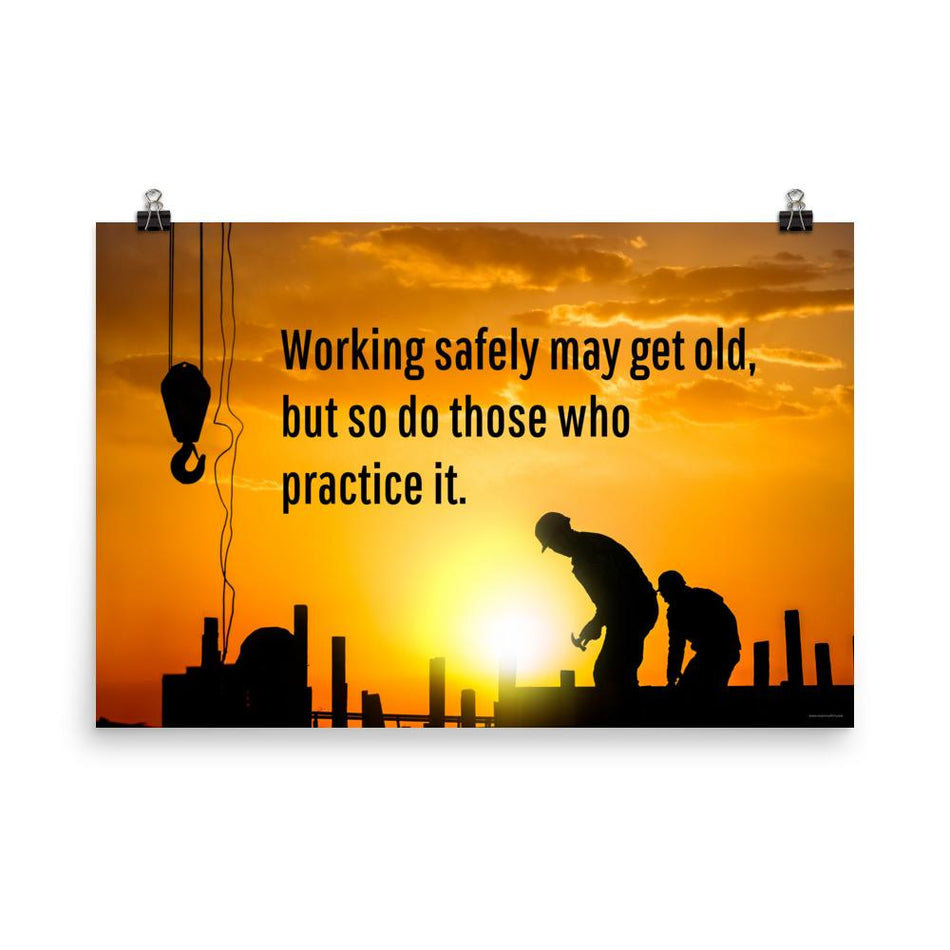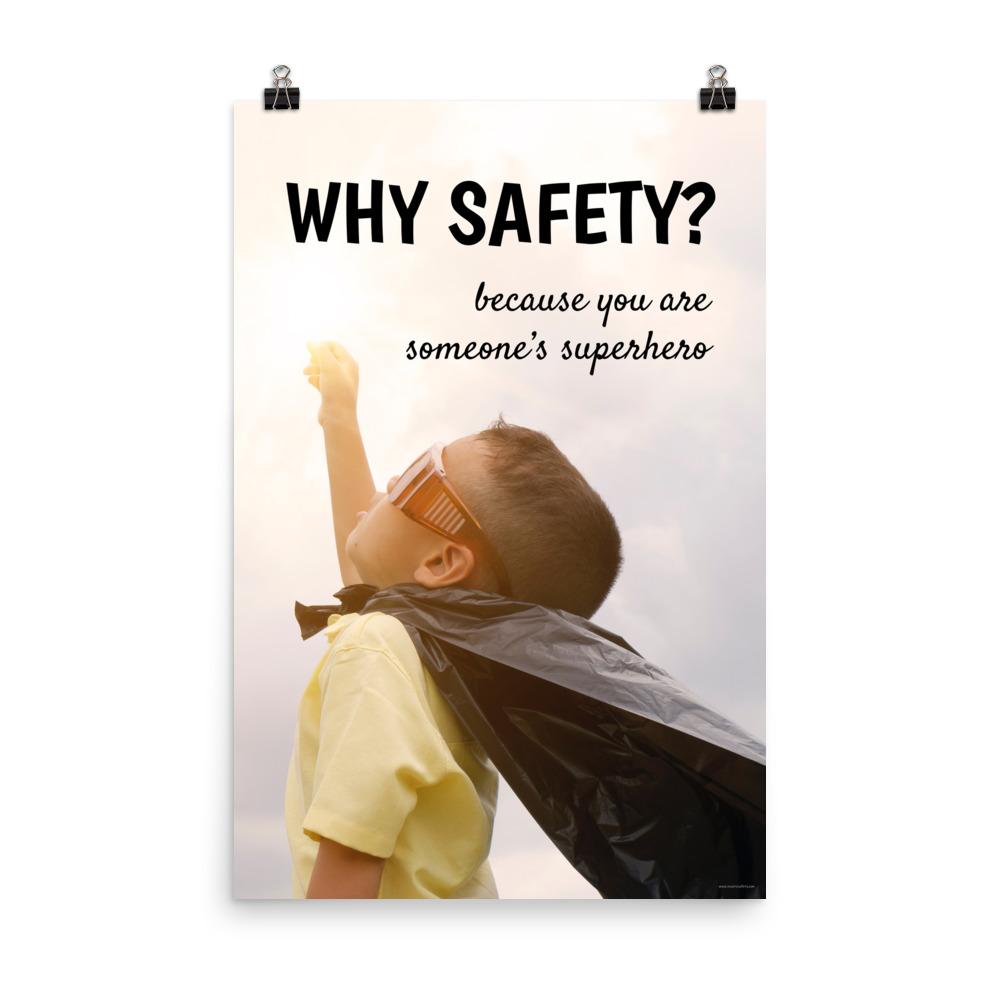Effective handling of workplace incidents can significantly impact the future of your organization's safety program. By following the steps below, you can ensure injured workers receive optimal care, prevent future incidents, and strengthen your safety protocols.
Follow these steps to ensure that you cover all bases for any workplace injury incident.
1. Prioritize Immediate Care for the Injured
According to the Occupational Safety and Health Administration (OSHA), the availability of first aid supplies and the level of staff training should match the risks present in your work environment. Management must ensure that these supplies and training are in place to handle any foreseeable incidents. The primary concern is to provide immediate attention to anyone who is hurt. This procedure should be clearly defined based on available workplace resources.
For larger businesses legally required to have medical staff, the medical personnel should be called, or the injured worker should be taken to their office. The medical officer or a designated senior staff member should assess whether the situation is an emergency. If it is, 911 should be called. Administer first aid until emergency medical responders arrive, with the type of aid depending on the specific situation.
2. Secure the Scene of the Accident
Proper investigation of serious incidents requires securing the scene quickly with minimal disturbance. This step follows after attending to the injured parties.
The area may need to be cordoned off or restricted to limit access. This is crucial to minimize evidence contamination, preserve equipment and materials, and prevent secondary incidents.
3. Complete Necessary Paperwork
After addressing the immediate situation, the next step is to complete the required paperwork. You must file an incident report and notify your workers’ compensation insurance provider within 24 hours.
OSHA’s Injury and Illness Recordkeeping and Reporting Requirements mandate that employers maintain records of work-related injuries and illnesses using the OSHA form 300. Some workers’ compensation carriers offer dedicated programs to guide you through this process, so check if yours does. If not, seeking professional advice from your insurance agent is advisable.
4. Implement a Return-to-Work Program
Even minor injuries can lead to extended absences from work, making it challenging for employees to return. To facilitate their return safely and quickly, consider implementing a return-to-work program with modified duties.
Once medically cleared, but not yet able to resume their previous responsibilities, employees can take on modified roles. These roles can be similar to their previous work or entirely different, possibly even in a new department. The number of hours worked in the return-to-work program should be determined on a case-by-case basis.
These transitional roles help avoid long-term disability, potentially lower employer costs, and retain experienced staff members, while preserving the employee’s skills, confidence, and connection to the company.
5. Review the Incident Thoroughly
After filing official reports and completing investigations, closely examine what happened. Understand what went wrong and why by reviewing the work already done and talking to as many witnesses as possible. This process boosts workplace morale as employees see their contributions valued.
Check past incident reports for similar occurrences. Focus on preventing future incidents rather than assigning blame, which further enhances morale and creates a positive workplace atmosphere.
6. Update Protocols as Needed
The primary goal is to keep employees as safe and healthy as possible while meeting compliance standards. OSHA mandates taking all reasonable measures to ensure this, and the concept of a company-wide safety culture is gaining momentum.
After a thorough review of the incident, show your commitment to health and safety by updating policies as necessary. For example, if the incident was due to malfunctioning equipment requiring more regular maintenance, incorporate this into company policy.
Providing robust occupational health and safety measures demonstrates to staff that they are valued and respected. Discussing the incident and needed improvements further empowers employees, creating a united team. A strong safety culture leads to a protected and productive workforce.











